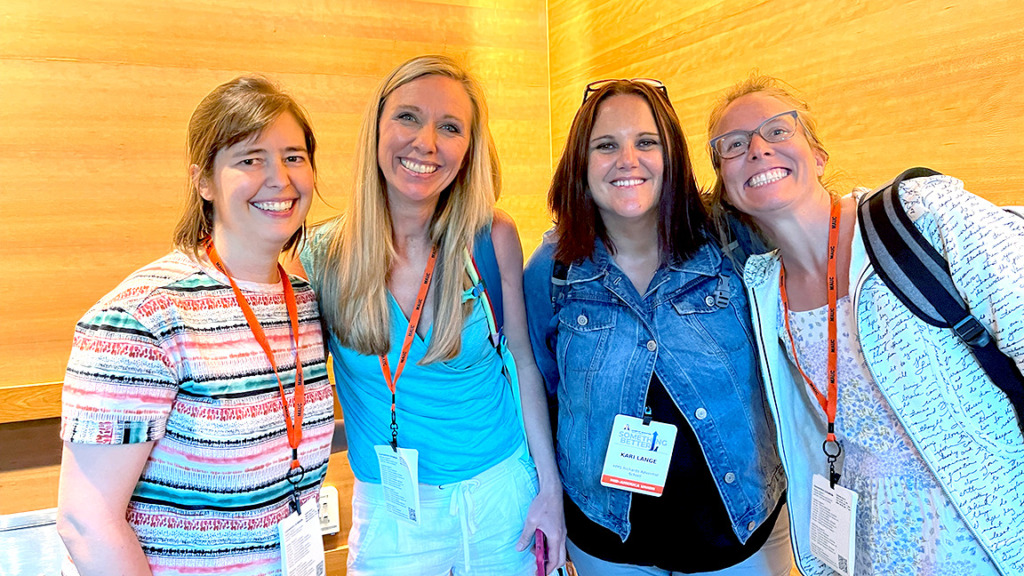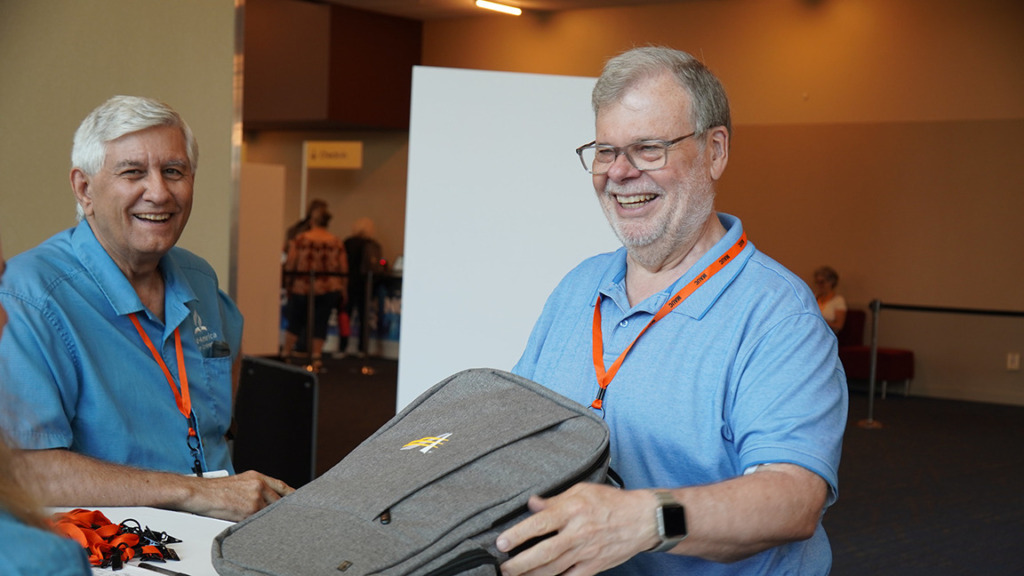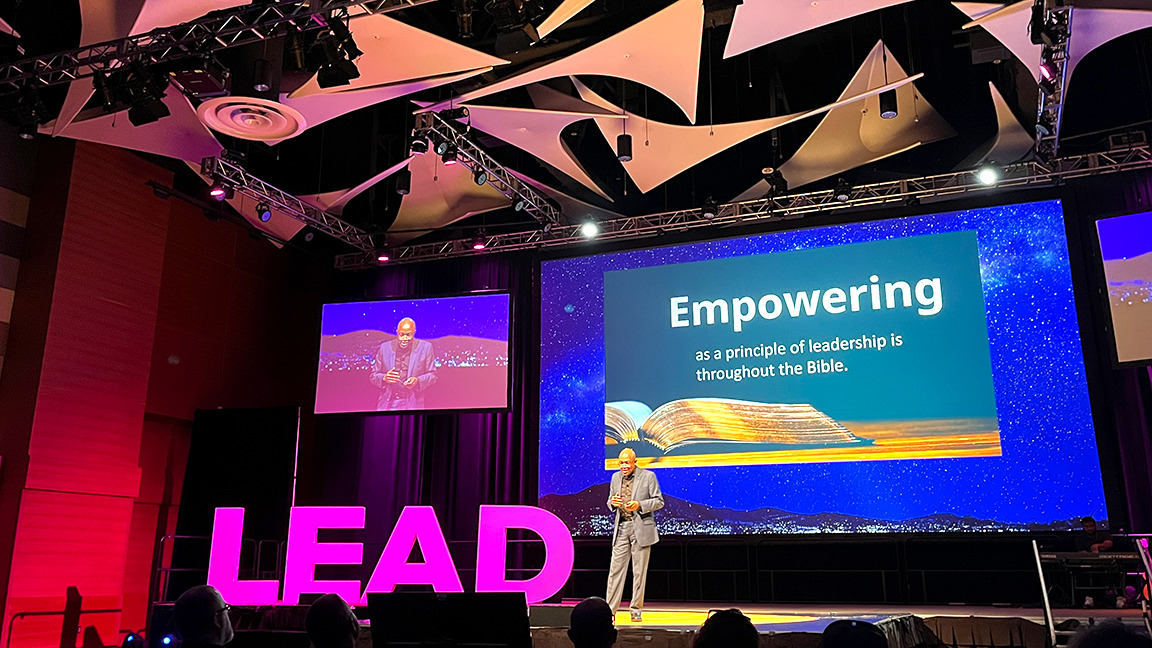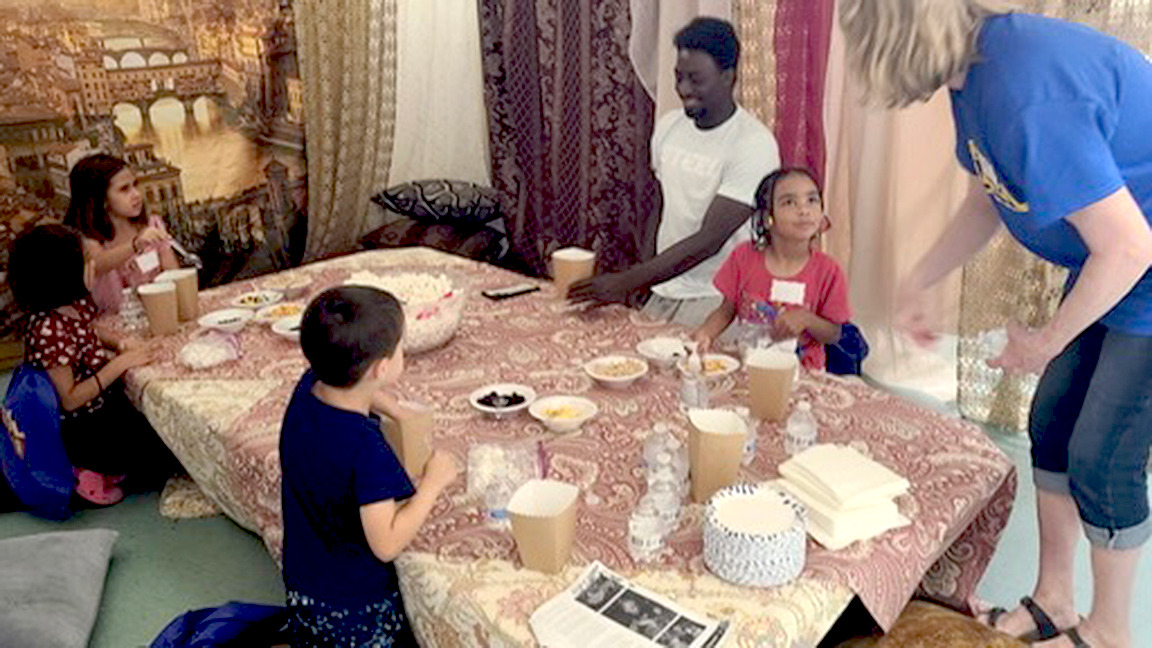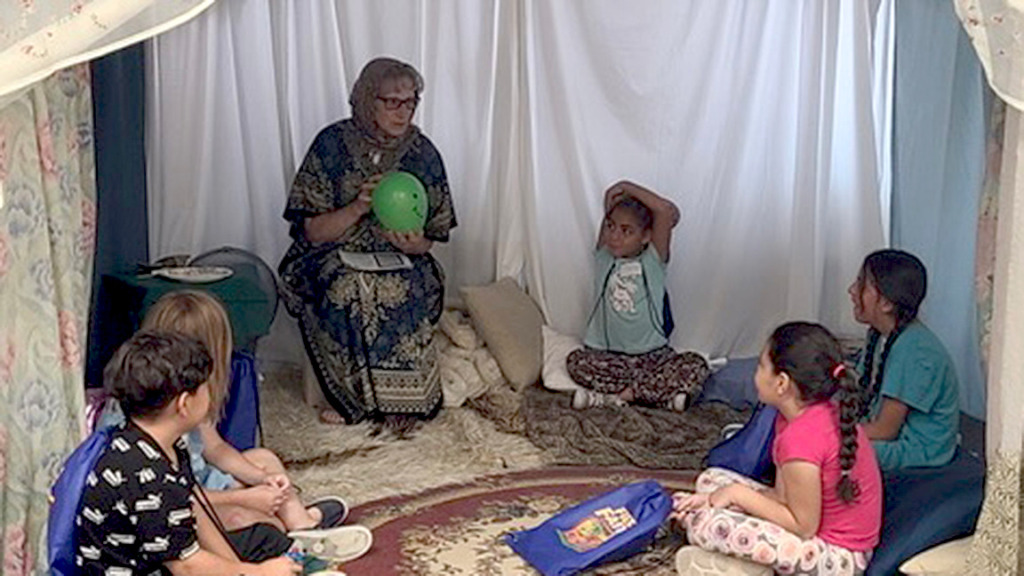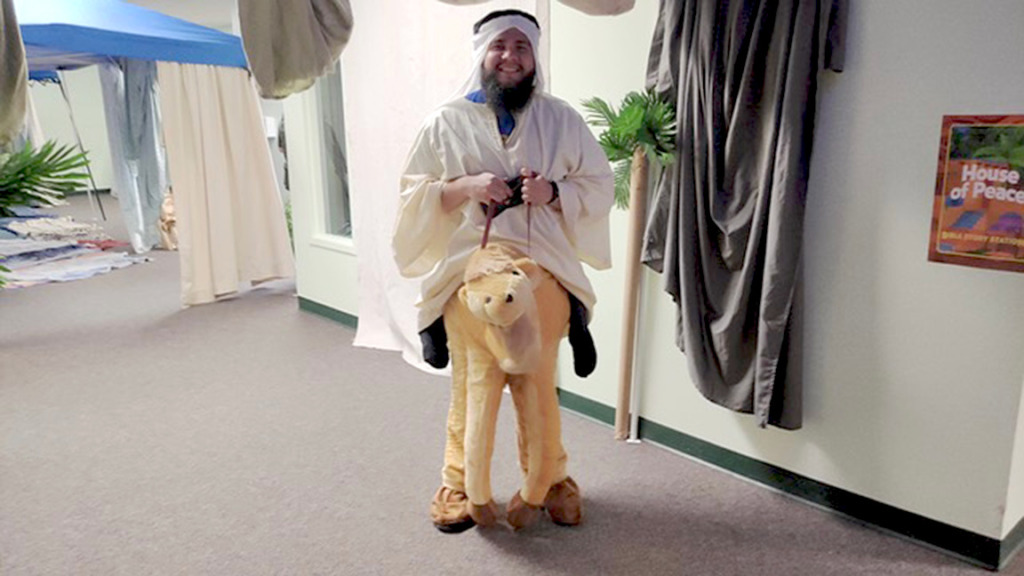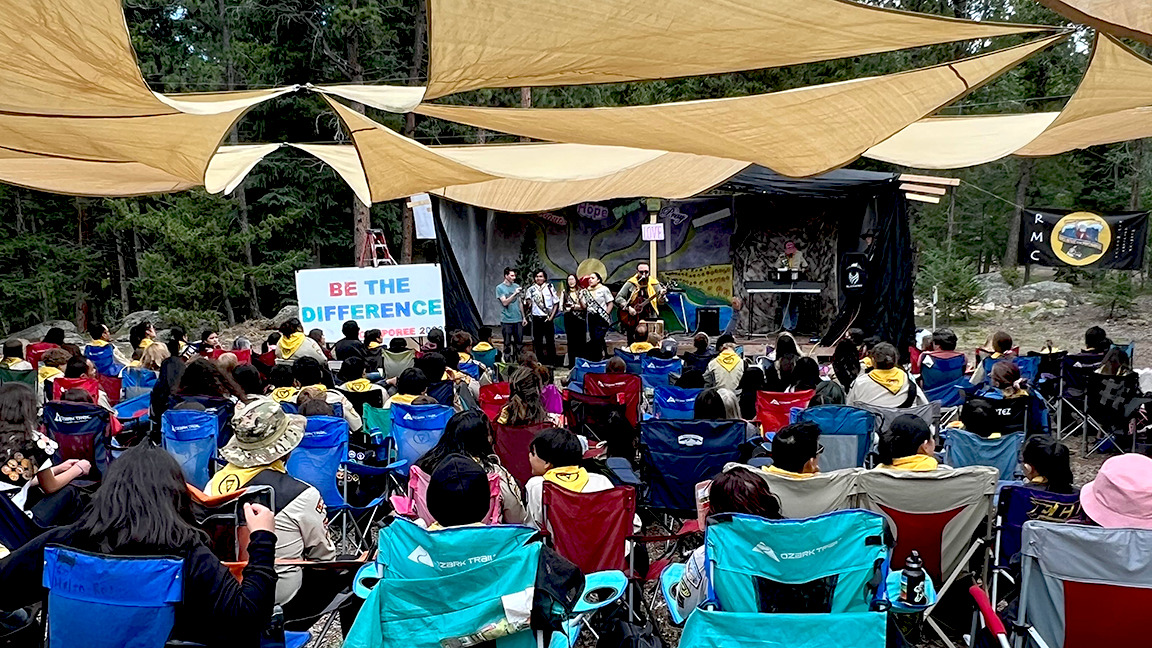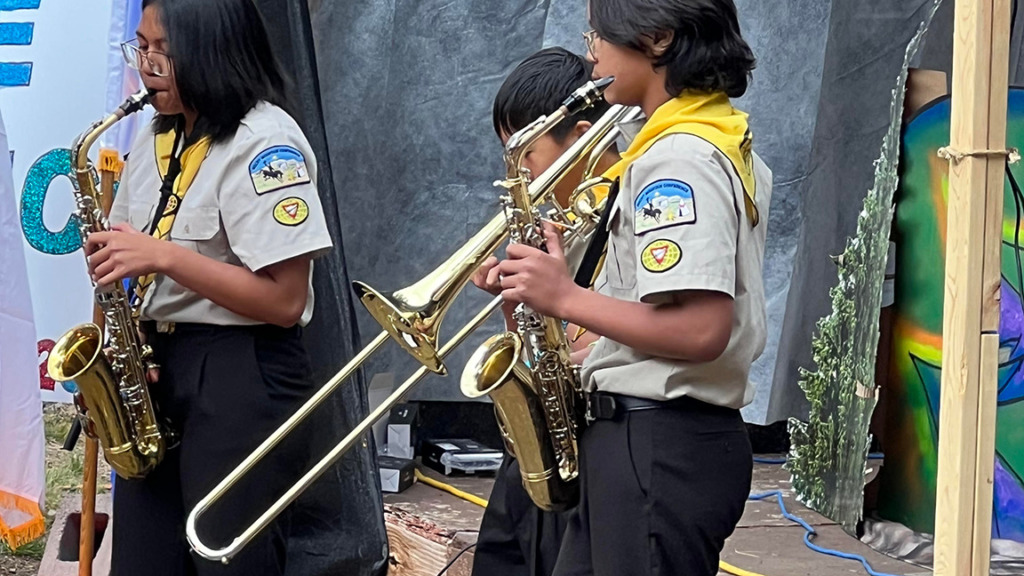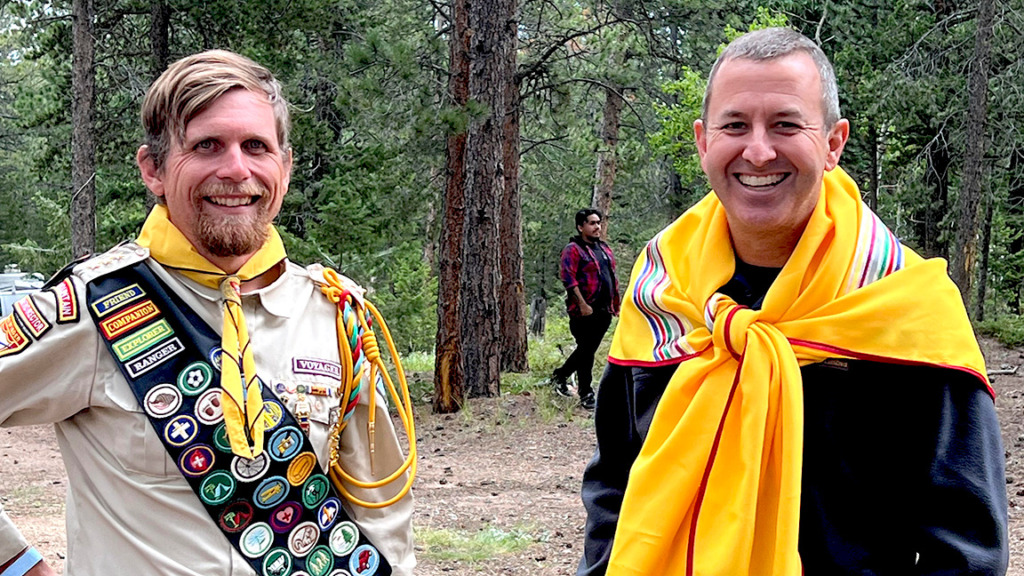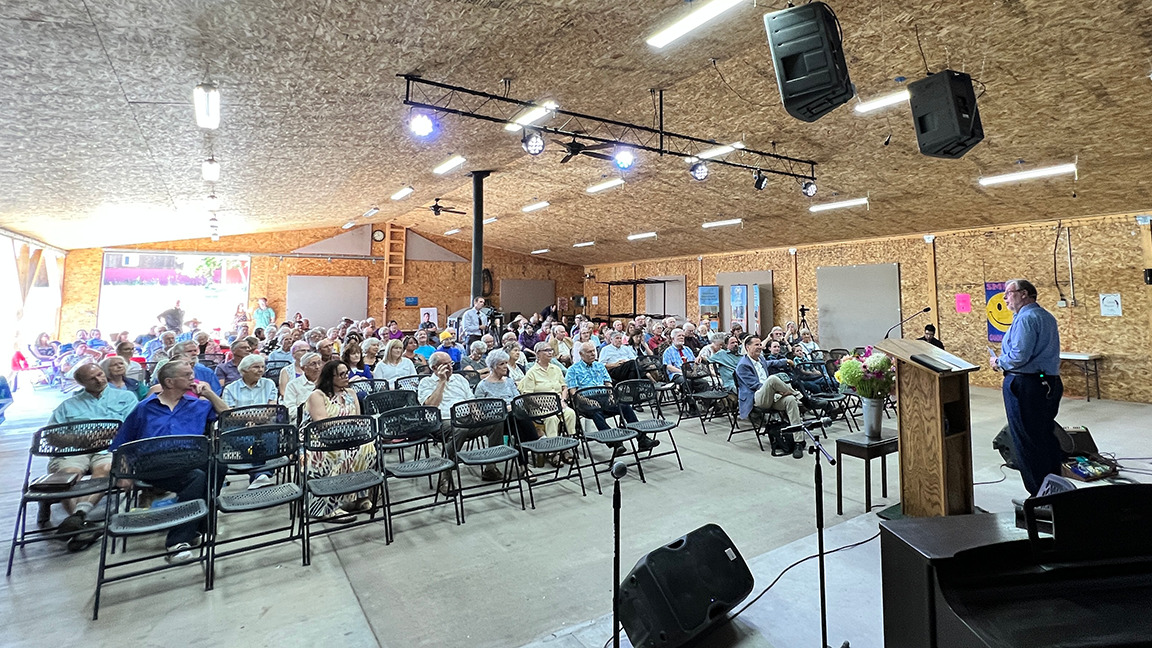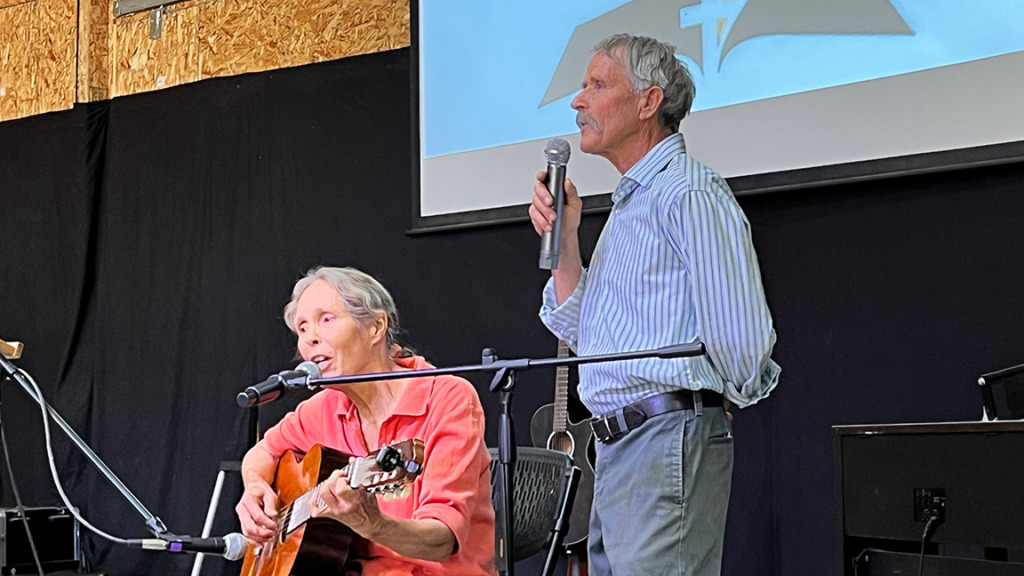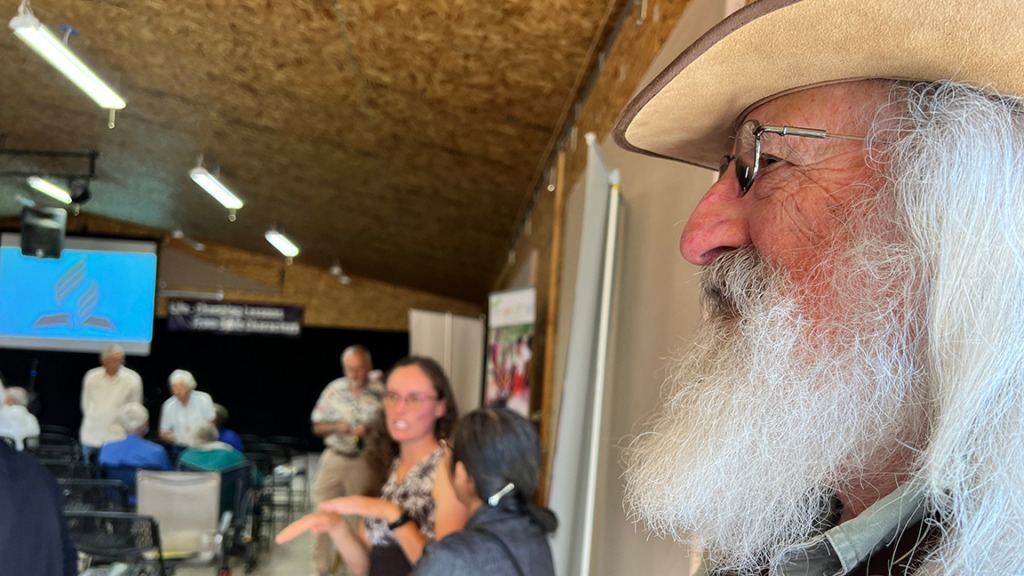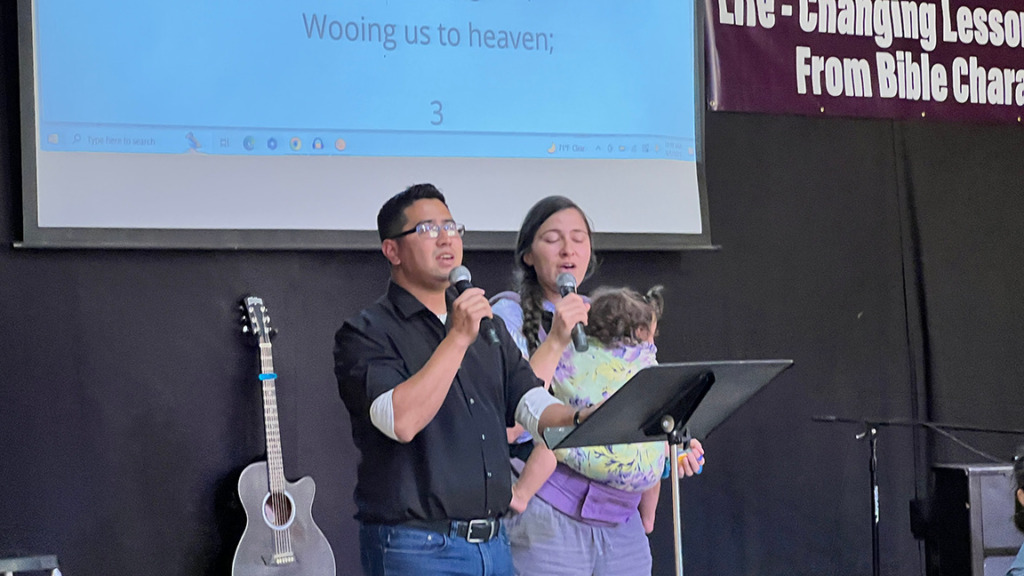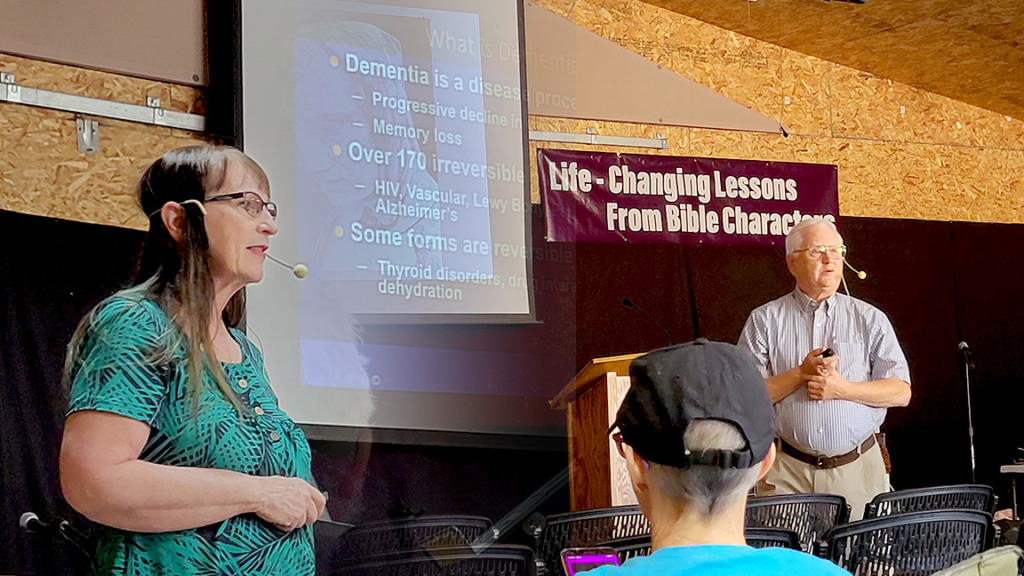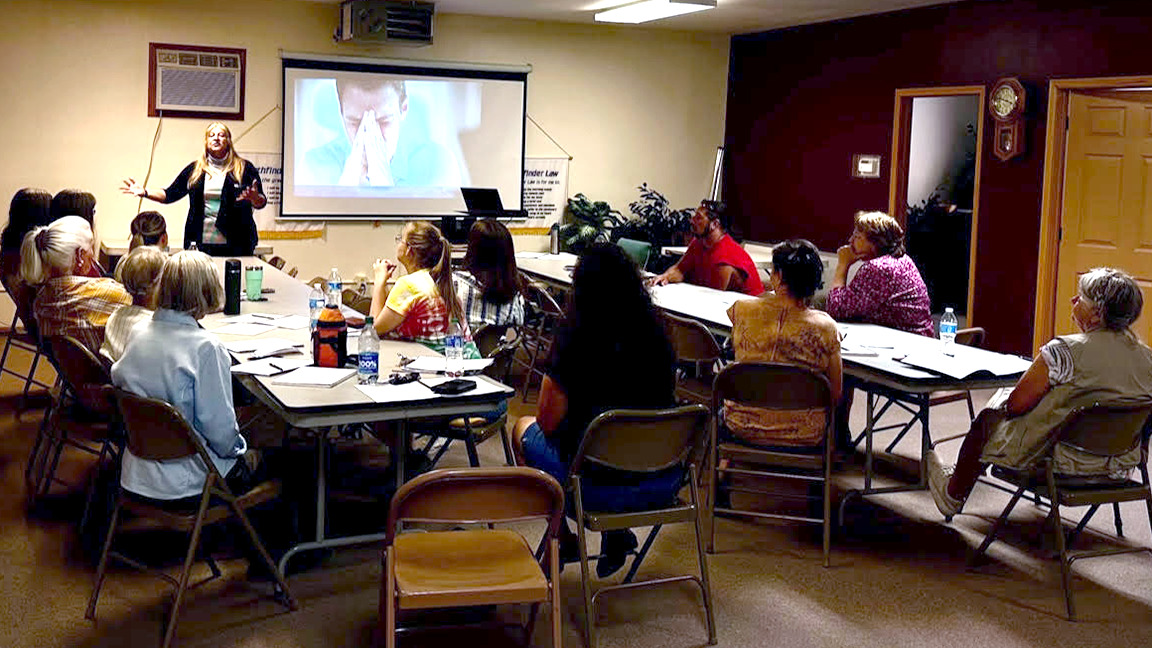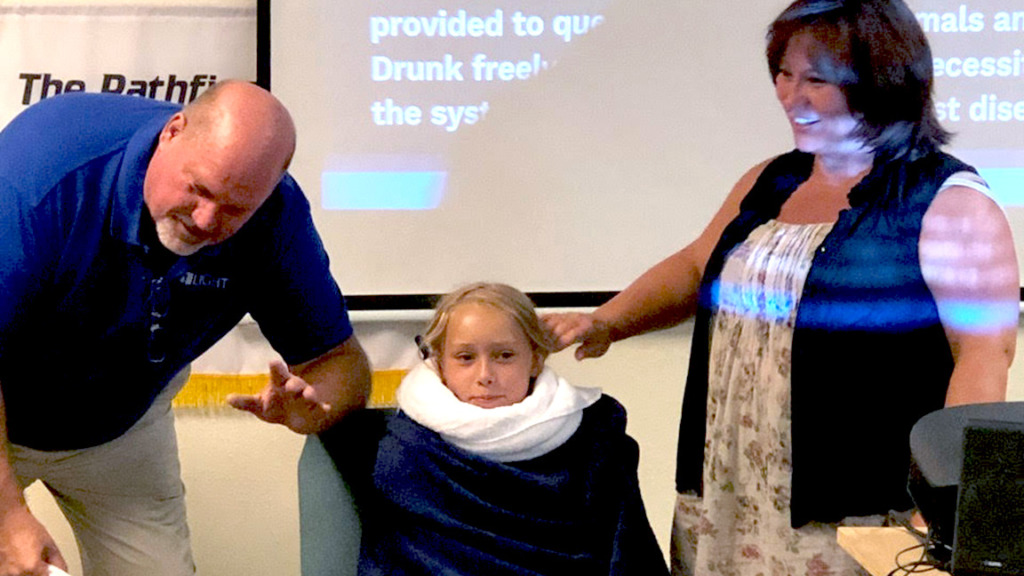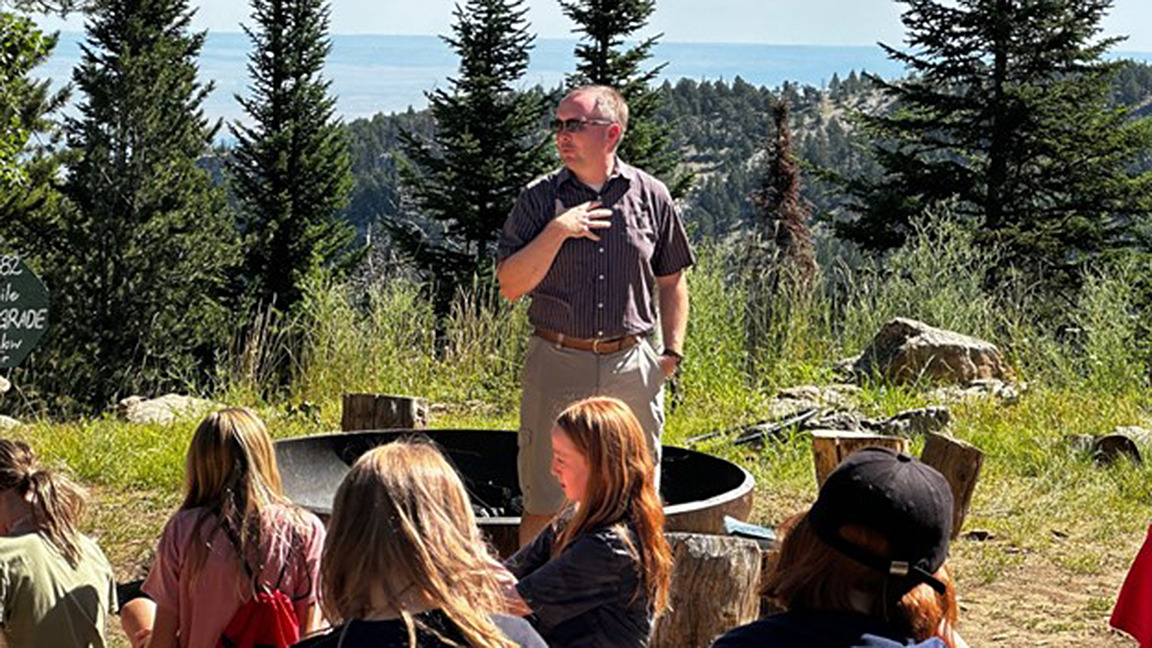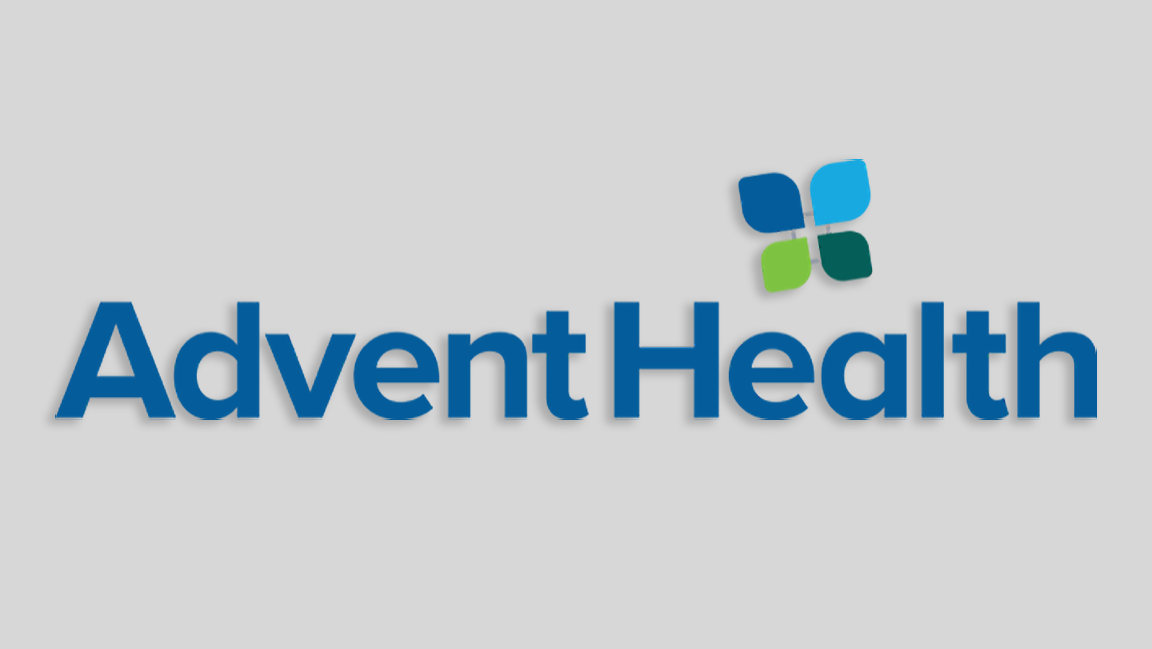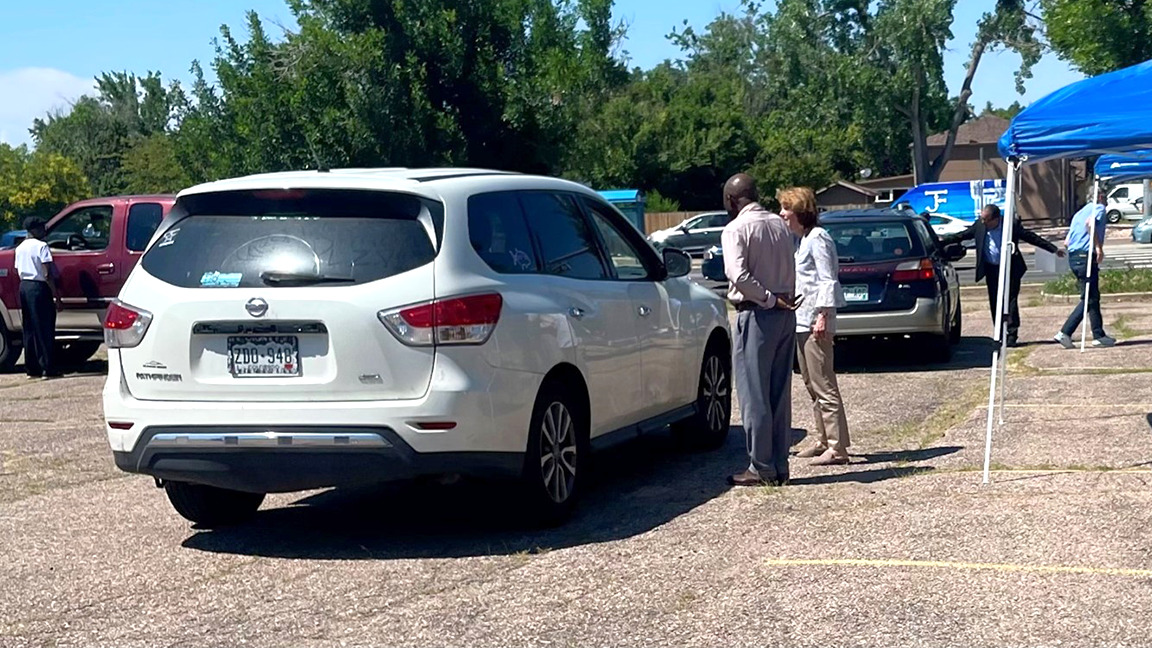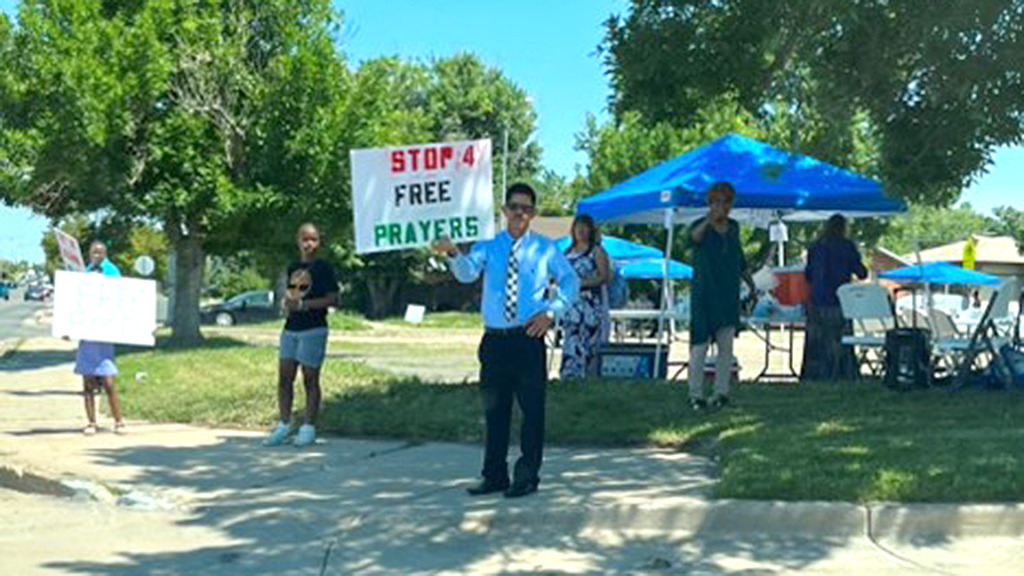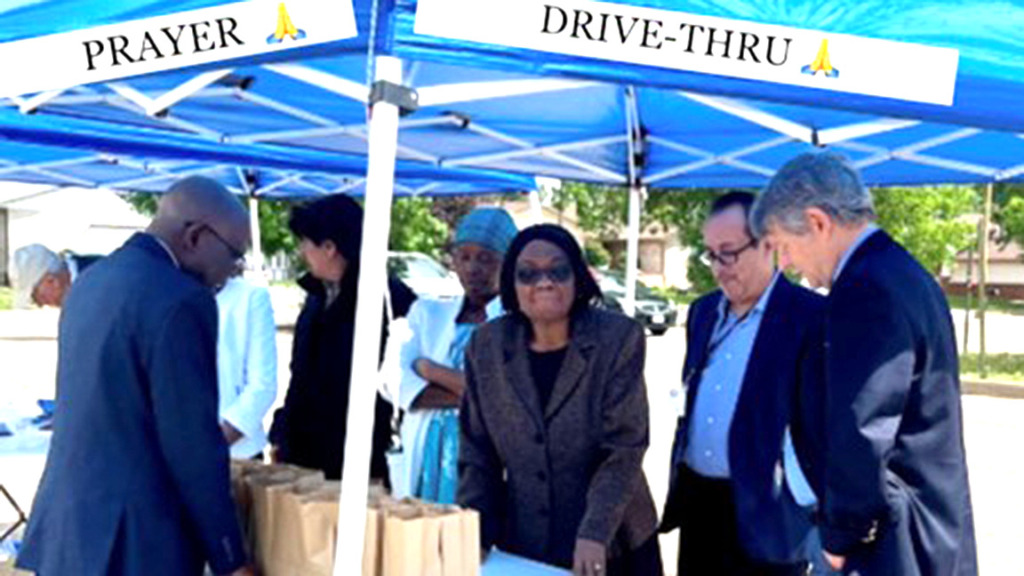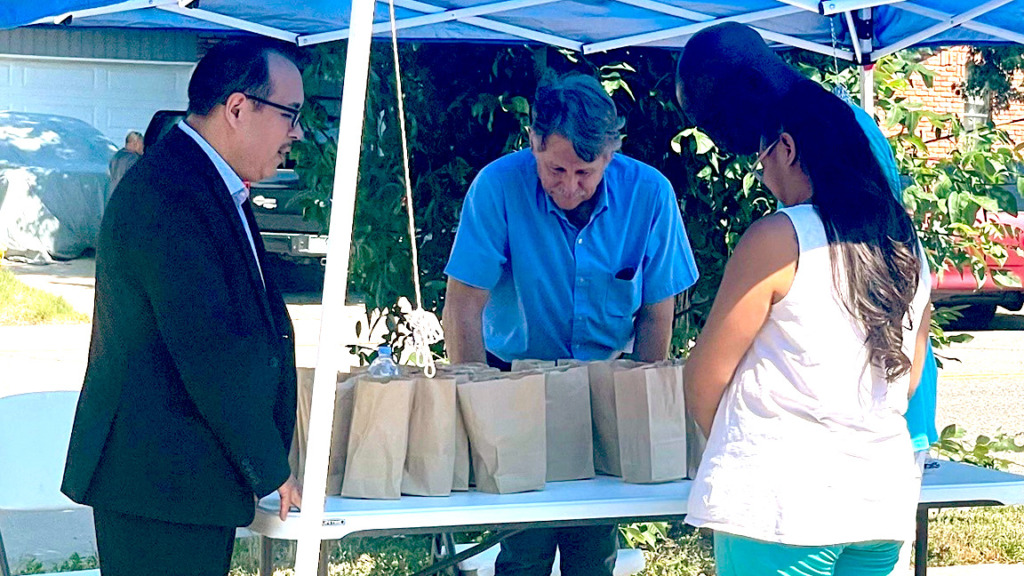Sandy Hodgson – Phoenix, Arizona … Every five years, educators and administrators across North America gather to learn and be inspired in the mission of Adventist education. Seventy-six teachers and administrators from Rocky Mountain Conference (RMC) joined over 5,000 attendees in Phoenix, Arizona, to collaborate and connect, August 7-10. RMC president Mic Thurber was in attendance to encourage and support Adventist educators in our conference.
With a theme centered around “Something Better,” the event highlighted the pivotal role leaders play in steering Adventist schools towards academic excellence and spiritual growth.
Each morning was started with Pastor Donnette Blake from the Northeastern Conference delivering a morning worship that challenged the educators, setting the tone for the rest of the day. General and breakout sessions equipped us with strategies as we integrate faith and learning.
The sessions inspired attendees to nurture not only academic competence but also character, empathy, and compassion, ensuring that students are well-prepared to thrive in an ever-changing world and the world to come.
New to the convention this year were ED Talks. Fashioned in a similar format to the well-known TED Talks, each ED Talk session featured two 15-minute talks from 12 leaders that answered the thought, Leadership: It all comes down to …
Dr. Tina Boogren and Dr. Mario Acosta from Marzano Research talked about integrity and wellness. Singer/Songwriter Laura Story talked about humility. Carlton Byrd, president for the Southwest Region and a keynote speaker, shared that leadership comes down to Modeling.
North American Division president Alex Bryant focused on empowering. “Empowering must be extended on a set of core values,” Bryant said. It reinforced our conference-wide educational core values found in CHERISH—Christ-Centered, Honor, Exploration, Responsibility, Integrity, Service, and Heroism.
In addition to the wealth of knowledge shared during the convention, the power of networking was palpable. Colleagues from various parts of the country, and even the world, converged to build relationships and forge partnerships. The camaraderie and collaboration that unfolded held the promise of resource-sharing and mentorship opportunities, ultimately benefiting both educators and their students.
The convention emphasized that education is not just about imparting knowledge. It is about shaping character, fostering values, igniting a lifelong love for learning, and, most importantly, pointing our students to the master teacher: Jesus. We are blessed to be part of the Mid America Union that strategically plans and sets aside finances every year to support this event.
Diane Harris, RMC education director, reflected, “Our teachers repeatedly expressed their appreciation of the RMC administration for their support of education. From our Unlocking the Reading Code curriculum training to High Reliability Schools workshops and Standards Based Learning training, teachers at the convention felt more knowledgeable and in step with the direction Adventist education is moving in North America. We are on a path to Something Better.”
—Sandy Hodgson is the RMC education assistant director. Photos by Sandy Hodgson and Mid-America Union Event Photo Archive.
